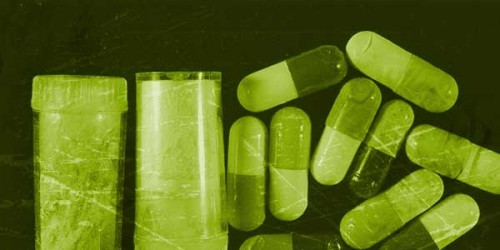
Ronald Duman, Professor of Psychiatry at the Yale School of Medicine, has made an influential discovery: ketamine may become a new revolutionary medicine for the treatment of depression due to its ability to restore and promote synapse connections.
Clinical studies conducted by John Krystal, Chair of the Yale Department of Psychiatry, initially revealed ketamine’s rapid treatment of depression. Krystal and his colleagues found that ketamine promoted an elevation of mood within four to six hours. Currently available antidepressants, by contrast, require several weeks or months before showing any therapeutic response. Furthermore, patients who are considered treatment-resistant and fail to respond to conventional medicine have shown immediate improvements when treated with ketamine. Common treatment options such as Prozac and related antidepressants have been minimally improved since the initial drugs were discovered over 50 years ago, except for a reduction in side effects. These reuptake inhibitors act by “blocking the reuptake of serotonin by increasing the synaptic levels of serotonin over the course of several weeks; [conventional drugs] are able to produce a slow anti-depressant response but not as effectively as ketamine,” Duman said. Concerning ketamine, he believes “this was the biggest finding in the field of depression in terms of treatment.”

Ketamine is a dissociative anesthetic used for pediatric and veterinary medicine, and it acts as an NMDA-glutamate receptor antagonist in the brain. Ketamine causes a burst of glutamate transmission, promoting new synaptic connections through a mechanism that is similar to models of learning and memory. What makes ketamine a very safe anesthetic for pediatric medicine is that it does not bring about a decline in respiration or heart activity, unlike other types of anesthetics. However, it produces some mild psychotomimetic side effects, creating hallucinations and dissociative effects which make it currently unviable as a ubiquitous treatment of depression. Because of the pleasure associated with such side effects, ketamine has become a drug of abuse, known on the street as “Special K.” There is no endogenous substance like ketamine, and there is no known way of inducing the production of ketamine in the body.
The question of what causes depression still has not been answered thoroughly and is an ongoing topic of research. “It is a very heterogeneous illness and is probably caused by a number of different abnormalities,” says Duman. He believes that repeated stress and unbalanced production of hormones are among the main factors. Studies conducted on both animals and humans to identify the roots of depression suggest that chronic stress can actually cause atrophy and loss of connections between neurons in a certain region of the brain. Such loss of connections can bring a detectable reduction in the volume of the region, including the hippocampus and peripheral cortex of some depressed patients. In animals, this effect was attributed to a decreased number of synapses between neurons. Some of these regions, such as the peripheral cortex, are responsible for the control of mood, motion, and anxiety, and this control deteriorates with the loss of synaptic connections. Duman has discovered that ketamine not only fixes some of these deficits in synaptic connections very rapidly but also creates even more synaptic connections in these brain regions, reestablishing the proper control of anxiety, mood, and behavior of depressed patients. This effect can last for seven to ten days before the patient starts relapsing.
Research is ongoing to discover ketamine modifications that have longer-lasting positive effects and allow repeated use without negative side effects. Other potential ways of enhancing ketamine as a revolutionary anti-depressant are to develop oral or intranasal administration methods and to add other chemical compounds that can make the effects more sustained.. The ongoing research in this field indicates great potential for the development of a powerful defense against depression.
